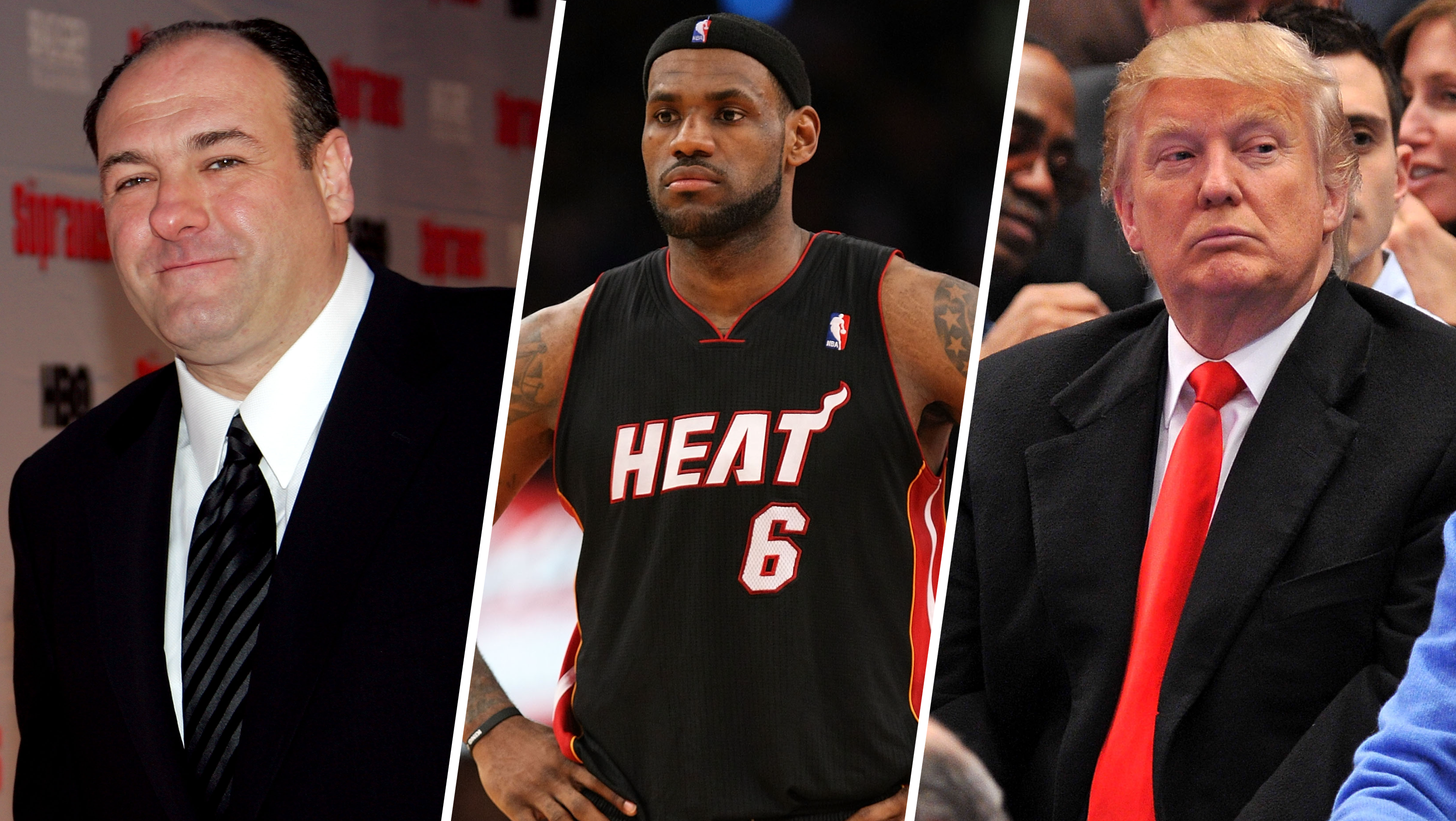The stomach defeats the brain when people are choosing what to eat, a New York University study on the city’s calorie counting law shows.
Researchers followed customers at McDonald’s, Wendy’s, Burger King and Kentucky Fried Chicken in low-income neighborhoods where obesity rates are high.
Even though calorie counts were posted in clear view, only half of the patrons were aware of the calorie counts, the study showed. Only 28 percent of those who saw the calorie counts said the postings affected their decision. Out of this group, 9 out of 10 said the calorie counts helped them make healthier choices.
But researchers found something interesting. Receipts showed people had purchased more calories than a typical customer prior to the labeling law implemented in July 2008.
“I think it does show use that labels are not enough,” Brian Elbel, the lead author of the study, told the New York Times.
The findings will be published online today in the journal Health Affairs. This study comes in the midst of the growing popularity of posting calories as an approach to curb obesity.
New York City became the testing site for this program when it was the first in the nation to put such a law into effect. Now, California and Seattle have similar regulations. The Senate has also made a proposal to require chain restaurants to display the calories counts on menus and menu boards.
Local
The study focused on six regions in the city where there were poor minority populations with high obesity and diabetes rates. The study concentrated on poor black and Hispanic customers in the South Bronx, Harlem, the Rockaways in Queens, central Brooklyn and Washington Heights. Newark was also in this study as a control group because it has no such law.
Researchers paid $2 to each customer for their receipts, gathering 1,100 receipts. They collected receipts 2 weeks before the law was in effect and one month after.
New York City customers ordered an average of 825 calories before the law was instituted. Afterwards, the number jumped to 846 calories. Newark customers ordered about 825 calories before and after the law.
“Nutrition is not the top concern of low-income people, who are probably the least amenable to calorie labeling,” said Michael F. Jacobson, executive director of the Center for Science in the Public Interest, a nonprofit health advocacy group, the Times reported.
“It’s just cheap, so I buy it. I’m looking for the cheapest meal I can,” William Mitchell told the Times as he ordered two cheeseburgers worth $2 for a total of 600 calories in a Harlem McDonald’s.
“I don’t really care too much,” said Tameka Coates, 28, who works at a gift shop in St. Patrick's Cathedral. “I know I shouldn’t, ’cause I’m too big already,” she told the Times.
“Just by contemplating healthier choices, they feel like they could have done it and maybe they will the next time,” said dietitian Marie Roth, according to the paper.
The city said because the study took place so soon after the law was instituted, the study may not accurately reflect people whose behavior changed more gradually.
The city has its own study with 12,000 receipts that will be released in a few months, director of nutrition programs for the City Department of Health and Mental Hygiene, Cathy Nonas, told the Times.



